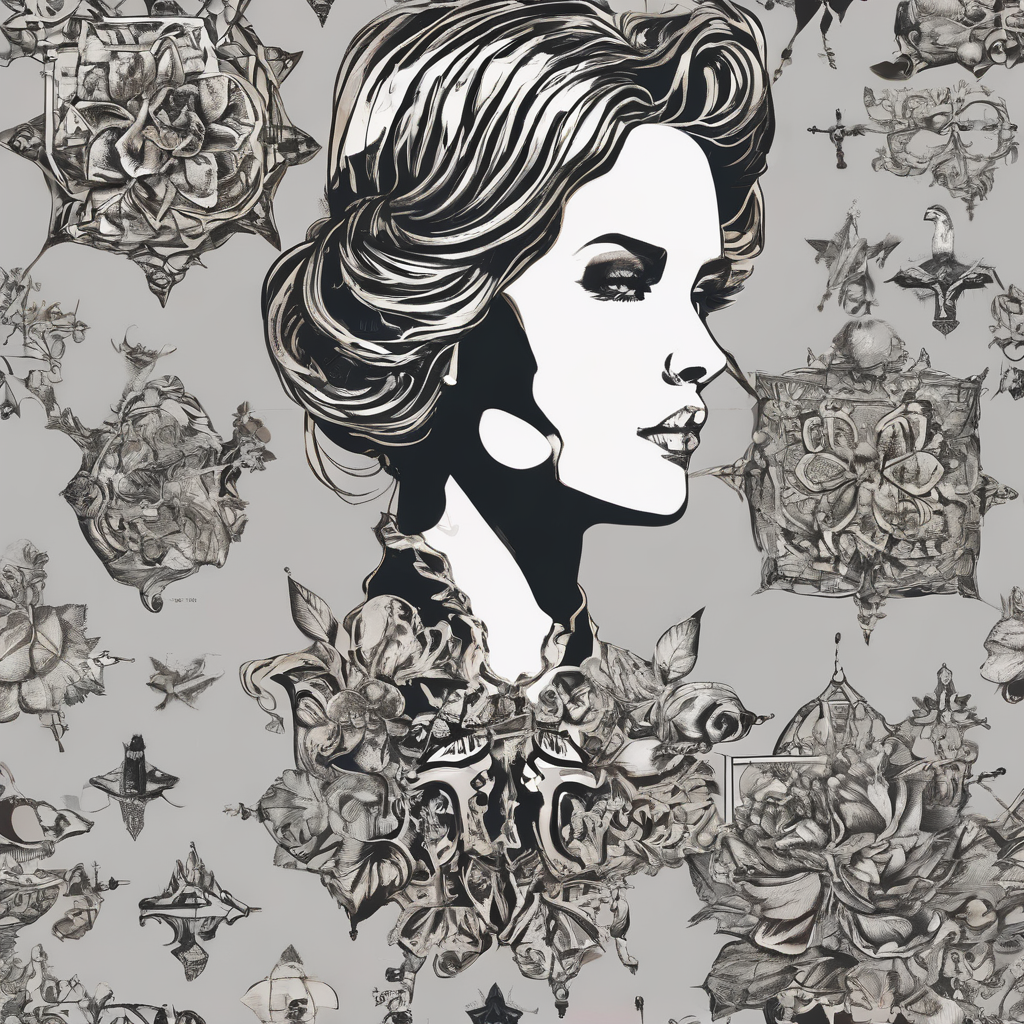What if you could approach your wardrobe the way an artist approaches their palette? What if the colors you wear could communicate your professionalism, your confidence, and your unique personality? Well, you can and they do. Let’s delve into the fascinating world of color theory and how you can apply it to your fashion choices for important meetings.
Understanding Color Theory
Color theory is a field of study that explores how we perceive, mix, and use colors. Designers and artists often rely on this theory to create visually appealing and effective designs. This principle can also be applied to your fashion choices.
Topic to read : Which Types of Fabrics Are Best for Sensitive Skin Conditions Like Eczema?
Color theory revolves around the color wheel, a circular diagram of colors arranged by their chromatic relationship. It includes primary colors (red, blue, yellow), secondary colors (orange, green, purple), and tertiary colors (mixes of primary and secondary colors).
Understanding these relationships will help you create balanced and harmonious outfit combinations. For instance, colors that are opposite each other on the color wheel, known as complementary colors, can create a striking and dynamic look when paired together.
Topic to read : Can You Explain the Best Way to Layer Clothes for UK Spring Weather?
The Psychology of Colors
Colors have the power to evoke emotions and perceptions. Understanding the psychological impact of colors can help you make strategic fashion choices for your meetings.
The color blue, for instance, often connotes trust, loyalty, and wisdom. It is a great color to wear when you need to instill confidence in your business partners or clients. On the other hand, red is seen as a color of passion, energy, and action. A red dress or shirt can convey your passion and determination.
Green symbolizes growth, harmony, and freshness. It’s an ideal choice when you want to project an image of creativity and innovation. Yellow is associated with joy, energy, and optimism, while orange represents enthusiasm, creativity, and encouragement.
Black and white have a distinctive position in the color spectrum. Black is often associated with elegance, power, and mystery. It’s a classic choice for formal business meetings. White signifies purity, innocence, and simplicity. It can create a clean, crisp look.
Choosing the Right Colors for Your Brand
Knowing your brand identity can help you select the appropriate colors for your outfits. Are you representing a creative, innovative technology company? Or are you part of a traditional, conservative financial institution? Think about your company’s image, values, and culture.
If you want your outfit to represent your corporate brand, you should consider incorporating your business’s brand colors into your wardrobe. It will create a consistent image and increase brand recognition.
Creating a Color Palette for Your Wardrobe
Now that you understand the basics of color theory and the psychology behind colors, it’s time to create a color palette for your wardrobe. This doesn’t mean you have to limit your clothing to these colors, but they should form the foundation of your wardrobe.
First, identify the neutral colors that suit your skin tone. Neutrals such as black, white, gray, and navy are versatile and can be paired with many other colors. They are ideal for key pieces like suits or dresses.
Next, choose your core colors. These are the colors you love that suit your complexion and make you feel confident.
Finally, select your accent colors. These are the colors you will use to add interest and pop to your outfit. It could be a tie, a handbag, or a pair of shoes in a bold color.
Implementing Your Color Palette
Now that you have your color palette, you can start to implement it in your wardrobe. Start with your neutral colors, purchasing key pieces that will form the foundation of your business attire.
Then, add in your core colors. These could be dresses, shirts, or ties that you can wear with your neutral pieces.
Finally, bring in your accents. These are your ‘wow’ pieces – the ones that will make your outfit pop.
Remember, your goal is not to create a uniform, but to create a cohesive, professional look that communicates your personal and business brand. By understanding and applying color theory, you can plan your outfits with confidence, knowing that you are making a powerful, positive impression at every important meeting.
Exploring the Impact of Color Harmony
The concept of color harmony is integral to color theory. It refers to the visually pleasing arrangement and interaction of colors. When colors are harmoniously combined, they create a balanced and attractive look. This is why understanding color harmony is crucial to planning your outfit for an important meeting.
The color wheel plays a significant role in creating color harmony. Primary colors, secondary colors, and tertiary colors all have special relationships with each other, and these relationships can be manipulated to create harmonious combinations.
There are several schemes to easily achieve color harmony. A monochromatic color scheme uses different shades, tones, or tints of a single color. This scheme can create a sophisticated, elegant look suitable for formal meetings. Analogous color schemes utilize colors that are next to each other on the color wheel, offering a rich, yet harmonious look. Complementary color schemes involve colors opposite each other on the color wheel. This scheme can create a vibrant and high-contrast outfit that grabs attention.
A triadic color scheme, which uses colors evenly spaced around the color wheel, can provide a balanced yet dynamic look. The split-complementary scheme, which uses a base color and two colors adjacent to its complement, is a variation of the complementary scheme that offers high contrast without the strong tension of the complementary scheme.
Understanding these color schemes will give you a multitude of options when planning your outfits, allowing you to use color to convey your desired image effectively.
The Role of Light and Color
The impact of colors on your outfit is not only determined by the color itself but also by the lighting conditions. The same color can appear different under various light sources, and this is something you should consider when planning your outfit for an important meeting.
Take for instance light blue. In natural daylight, it may appear soft and calming. However, under fluorescent lighting, it could look washed out. On the other hand, colors like black and white are less affected by changes in lighting conditions.
When dressing for important meetings, consider the lighting environment. If the meeting is outdoors during the day, opt for colors that look good in natural light. If the meeting is indoors with artificial lighting, select colors that remain vibrant under those conditions.
Moreover, don’t forget to consider the impact of color on skin tone. Some colors can flatter your skin tone, making you look healthy and radiant, while others might make you look washed out. Always bear this in mind as you plan your outfits.
Conclusion
Approaching your wardrobe with an understanding of color theory can transform the way you present yourself in important meetings. From knowing the psychological interpretations of different colors to understanding the complex relationships of colors on the color wheel, color theory provides a roadmap to creating outfits that communicate your professionalism, confidence, and personal brand.
Whether you opt for a monochromatic, analogous, or complementary color scheme, each choice can be a strategic decision to convey a specific image. Remember, the right color palette doesn’t just complement your skin tone; it also enhances your brand, sets the tone for your interaction, and even influences the mood of the meeting.
In the world of professional dressing, where black, white, and neutrals often dominate, don’t be afraid to embrace color. A well-planned pop of color can make you stand out and leave a lasting impression. So delve into the fascinating world of color theory, and let your outfits do the talking.











